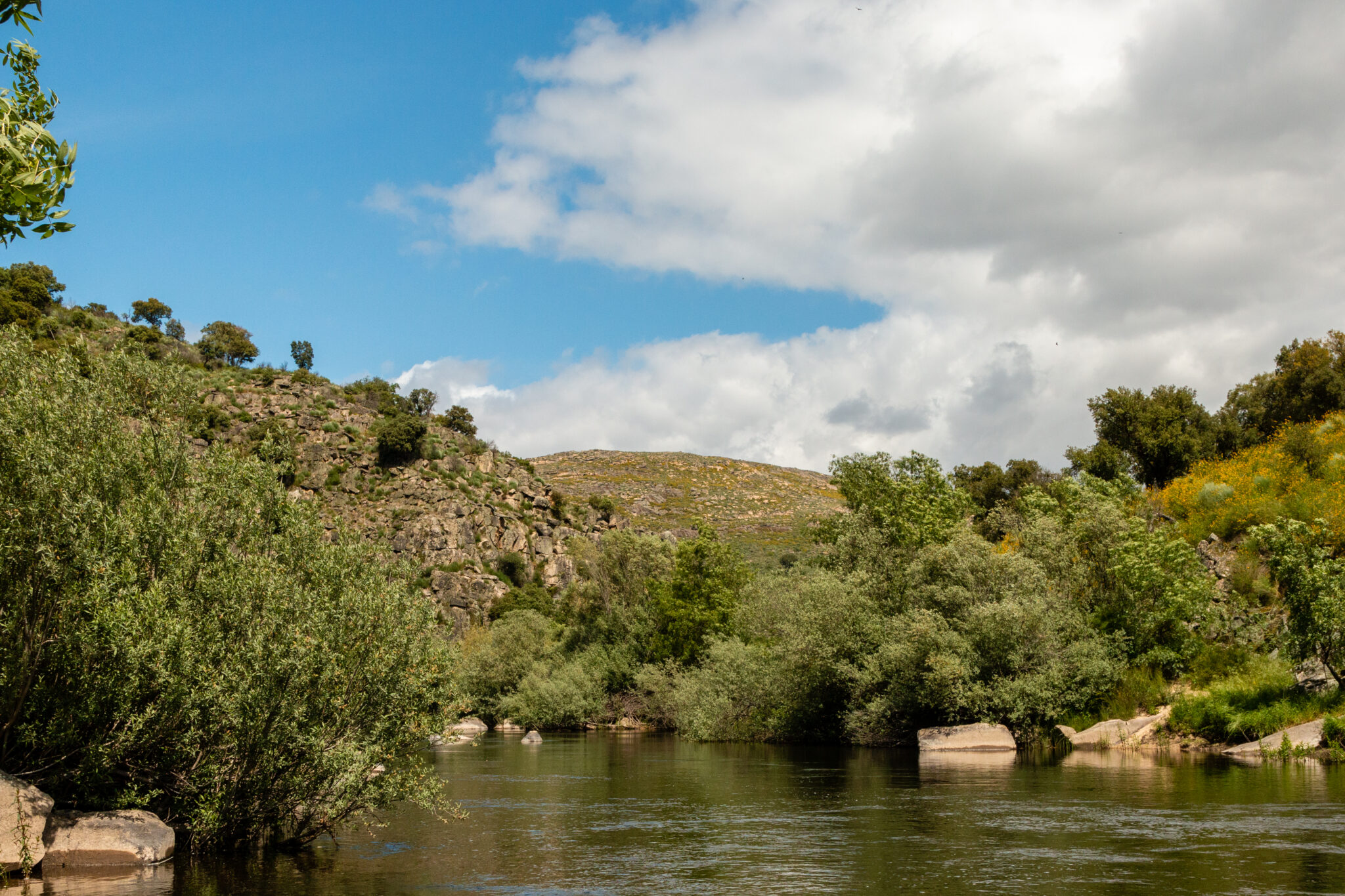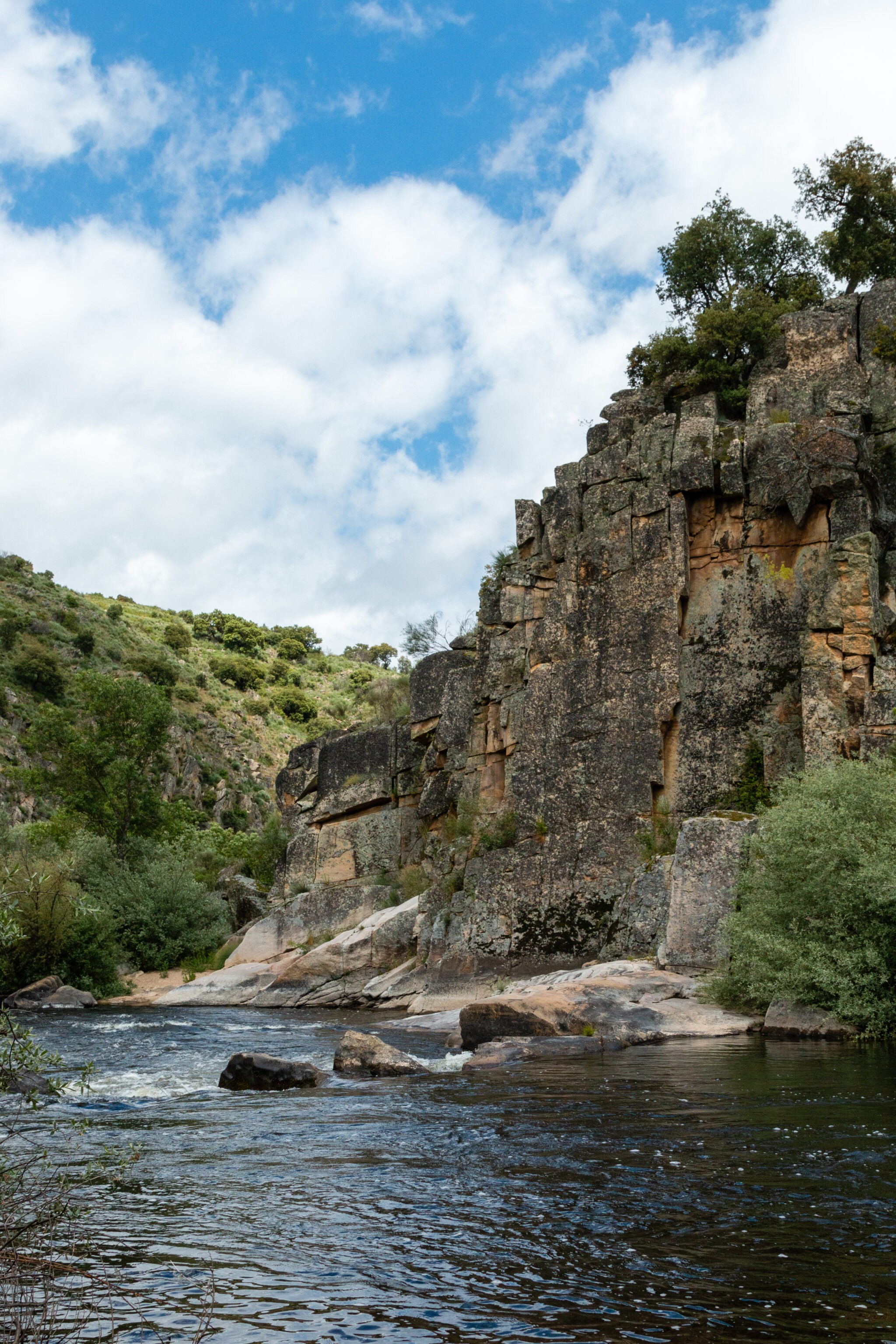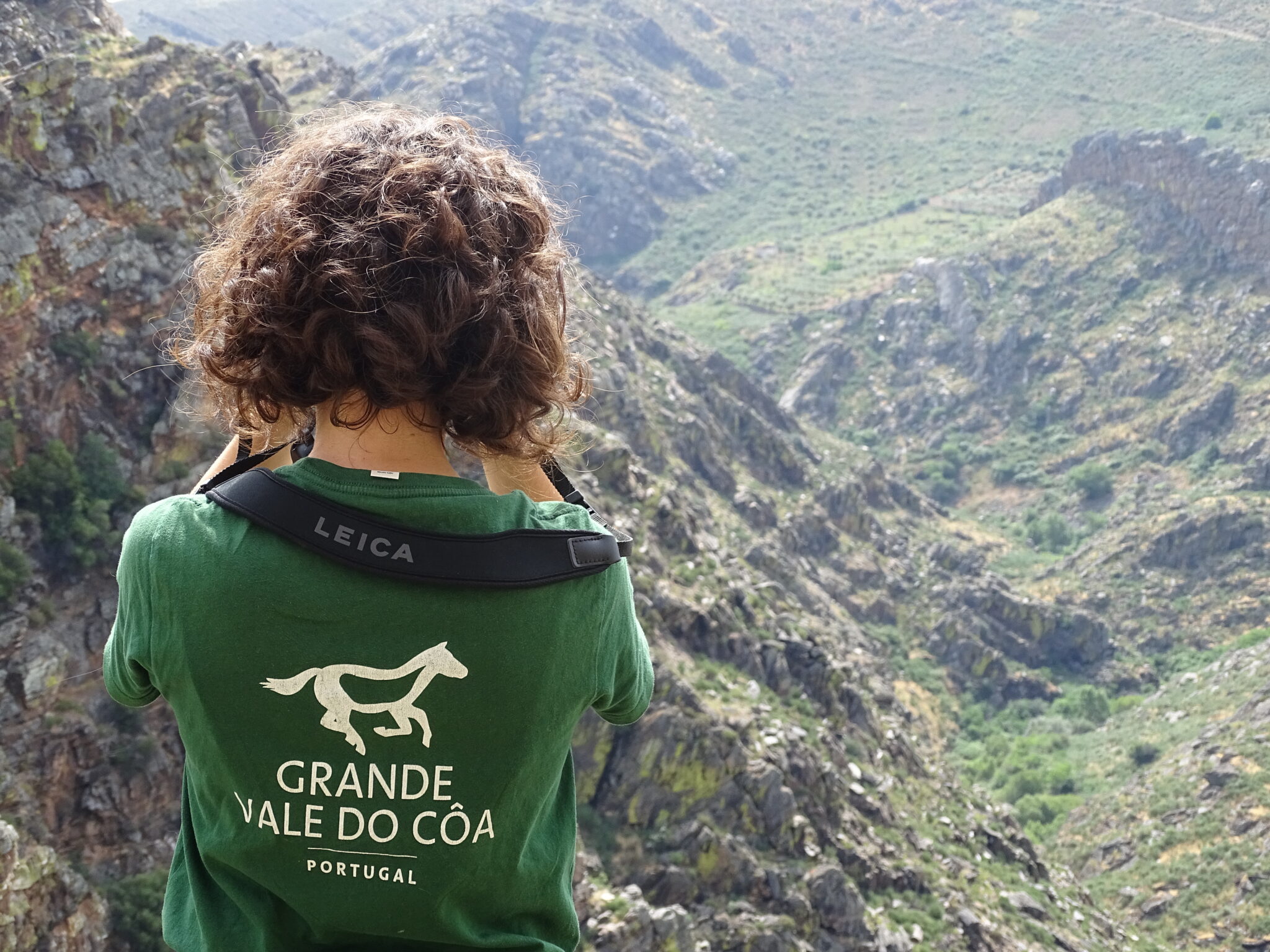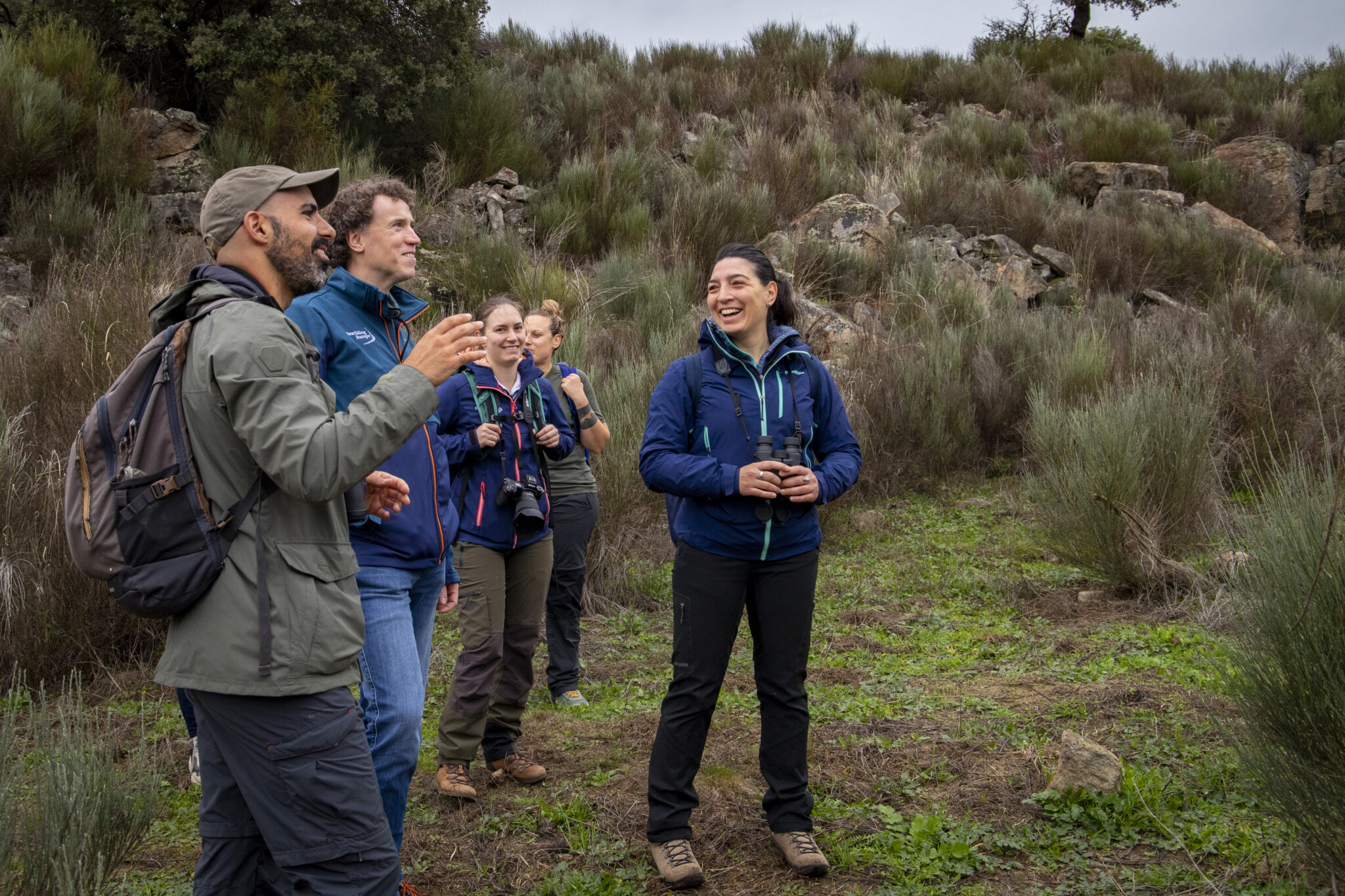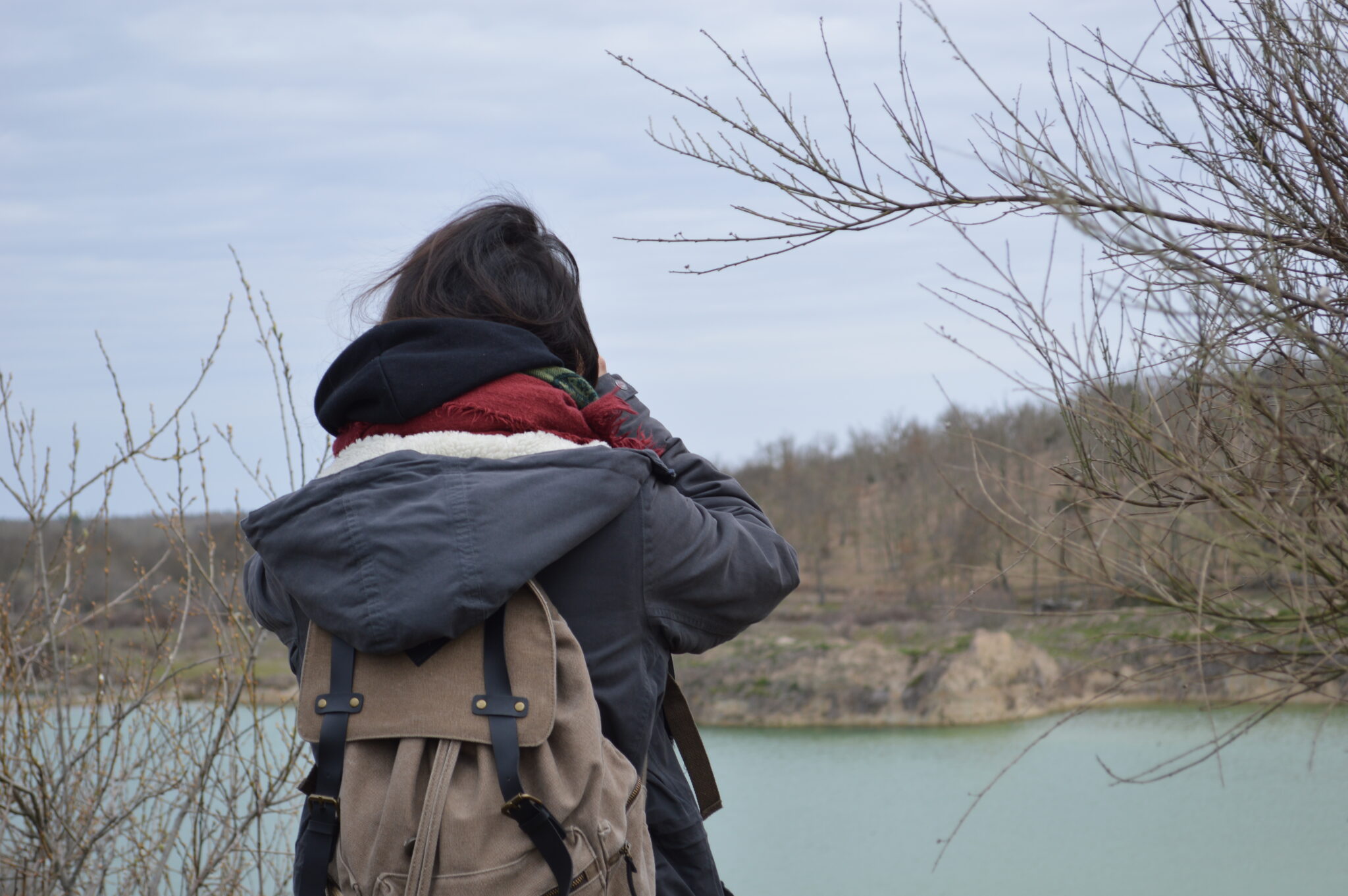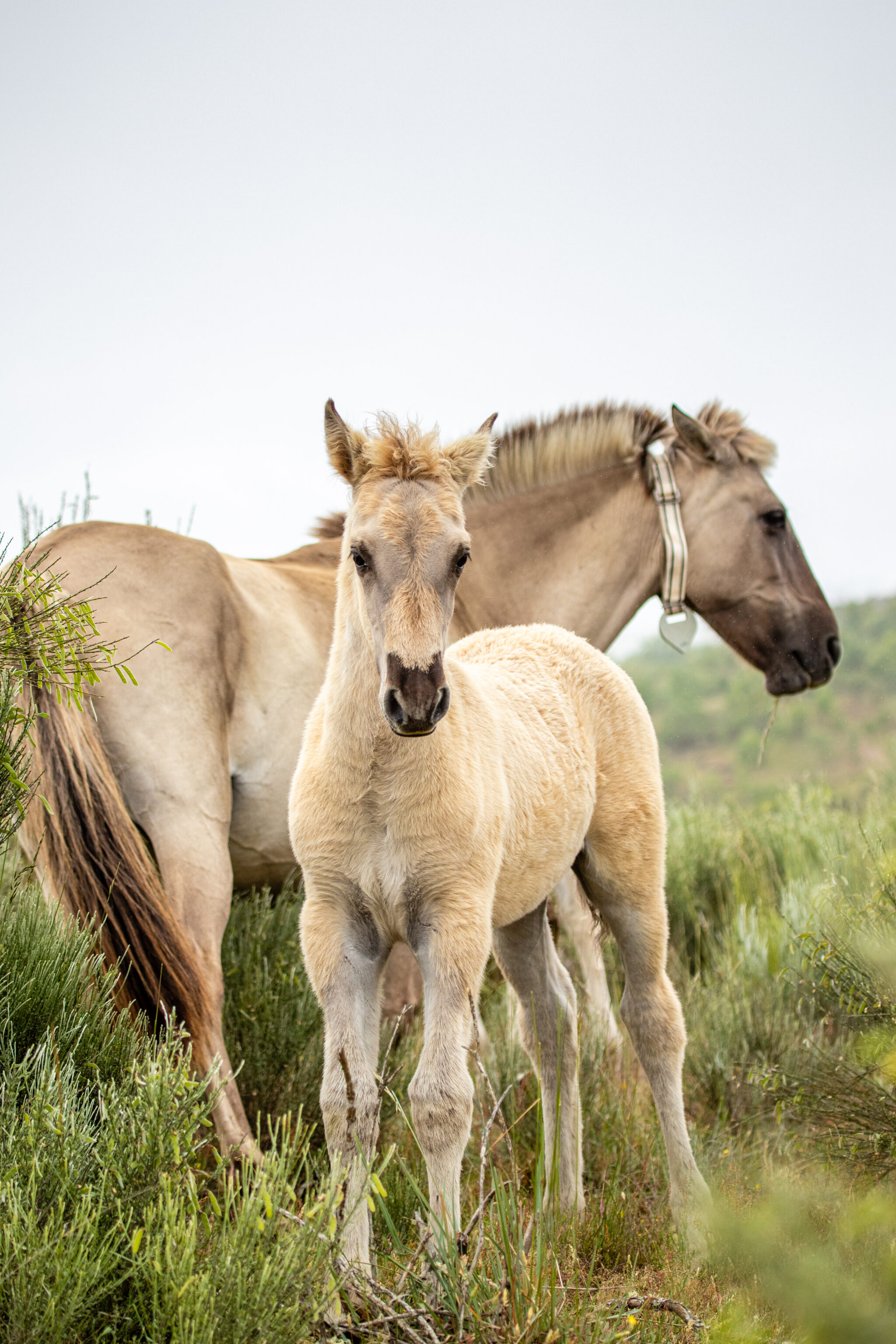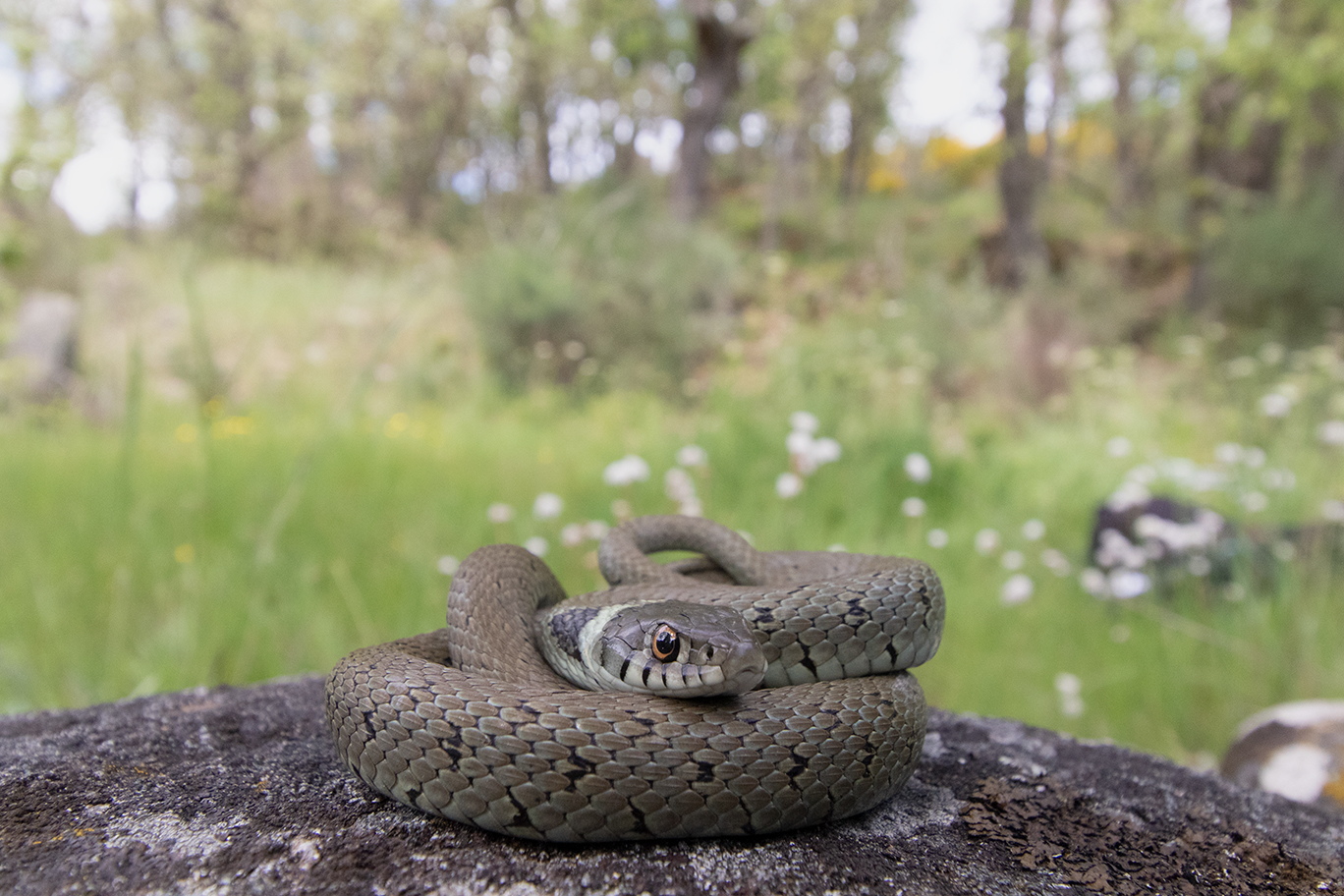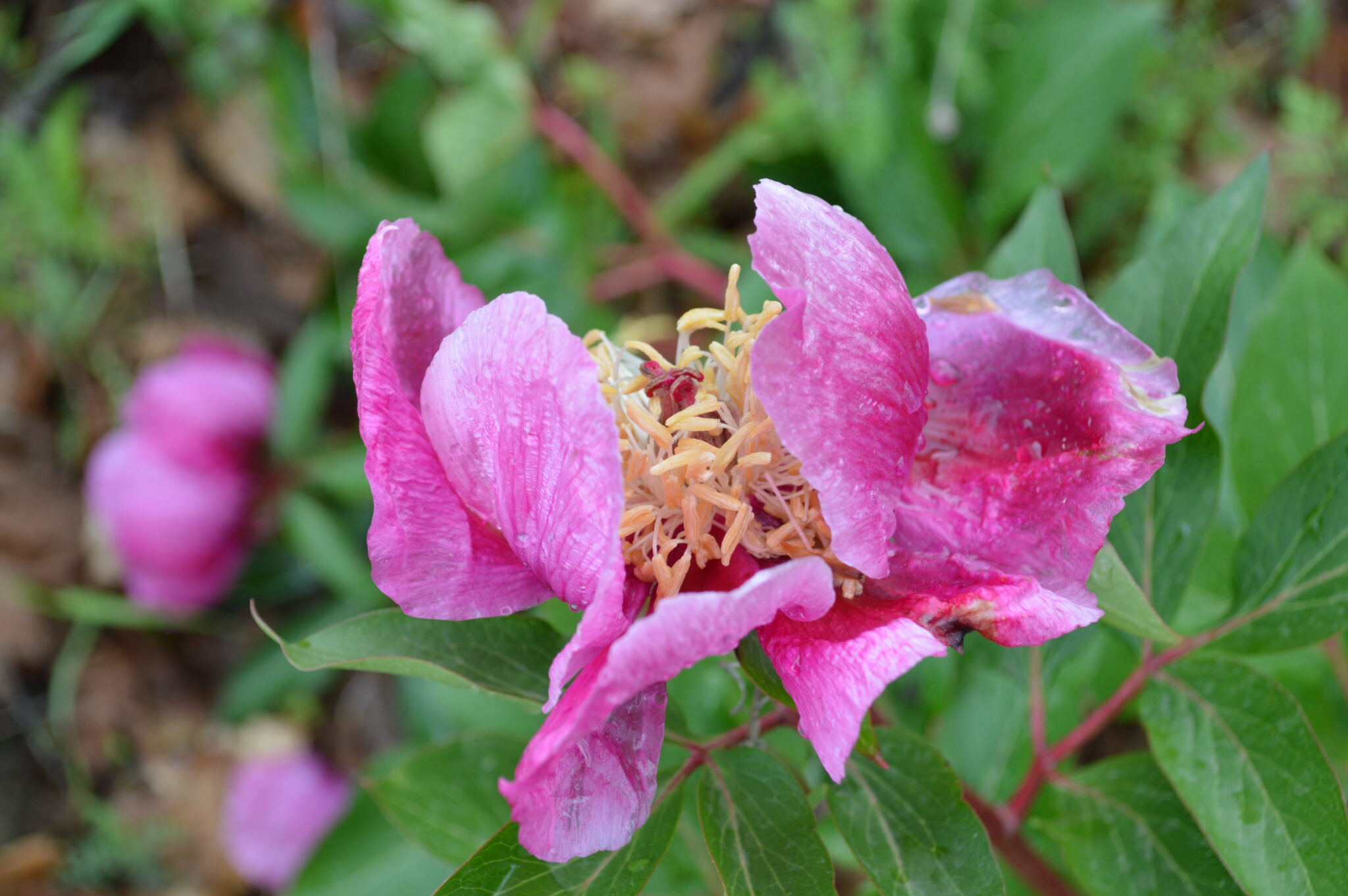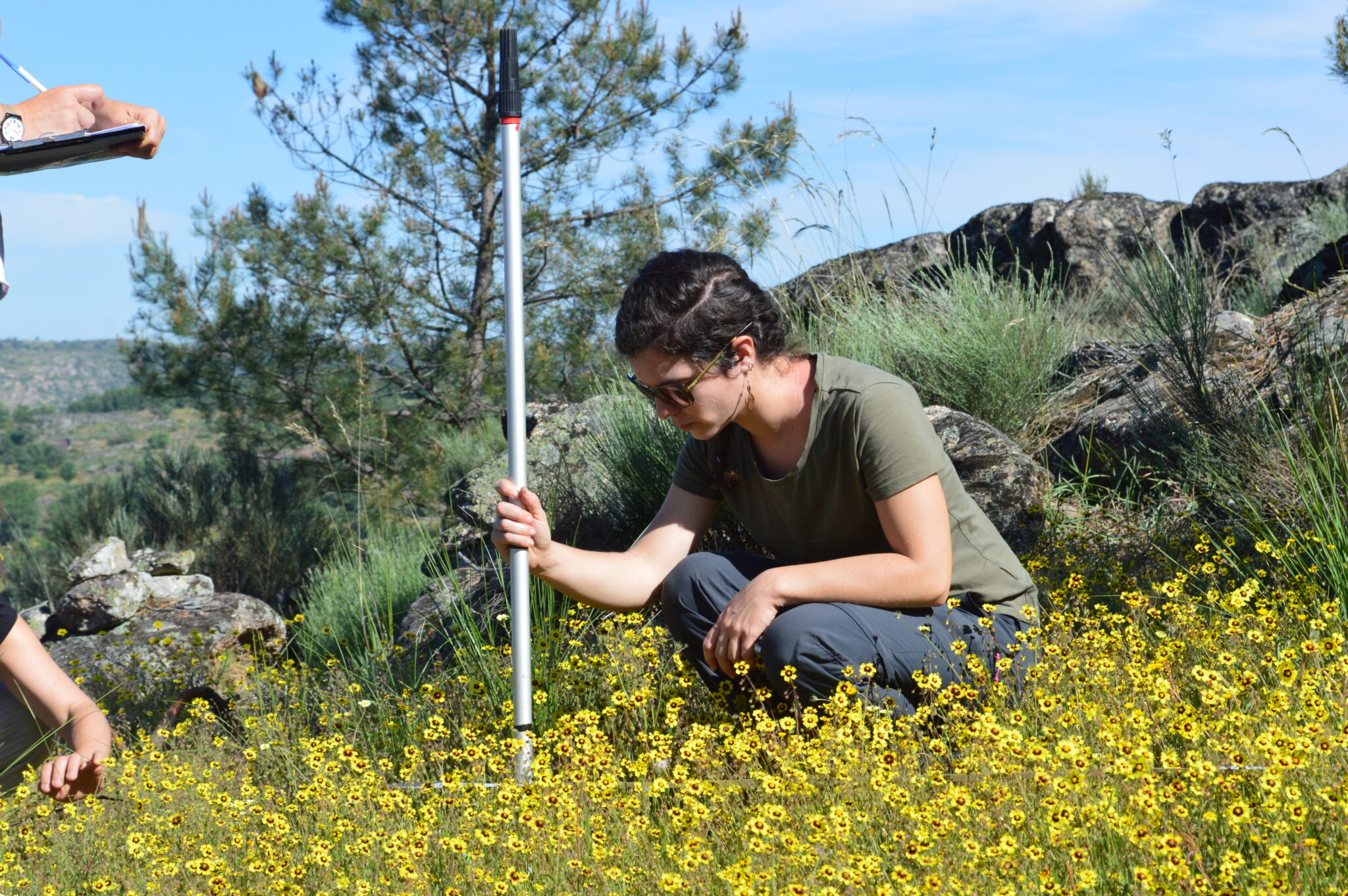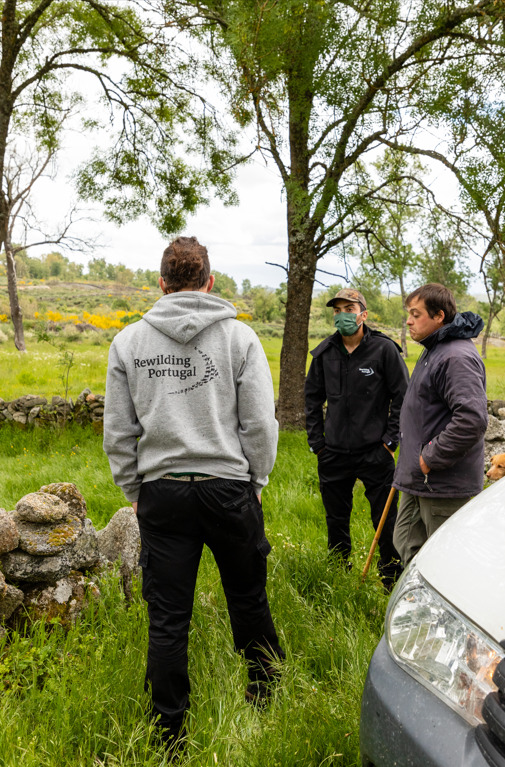If you want to start rewilding, or you are just interested in a rewilding approach, then take yourself down these 10 steps…
Rewilding is all about giving nature the space and time it needs to thrive. There is not a defined set of actions to take, rather it is about understanding what may be missing from the land (key species, natural processes) and restoring some of these missing pieces and giving a helping hand to nature.
Rewilding practitioners from across Europe have co-formulated a set of principles that characterize and guide rewilding in a European context. All equally important, you can find out more about them here.
So how can you rewild your land? This will depend on the size of your land, the state of your soil and water, the features in your landscape, and your neighbors’ activities, to name a few. The steps below can guide you down the right path.
